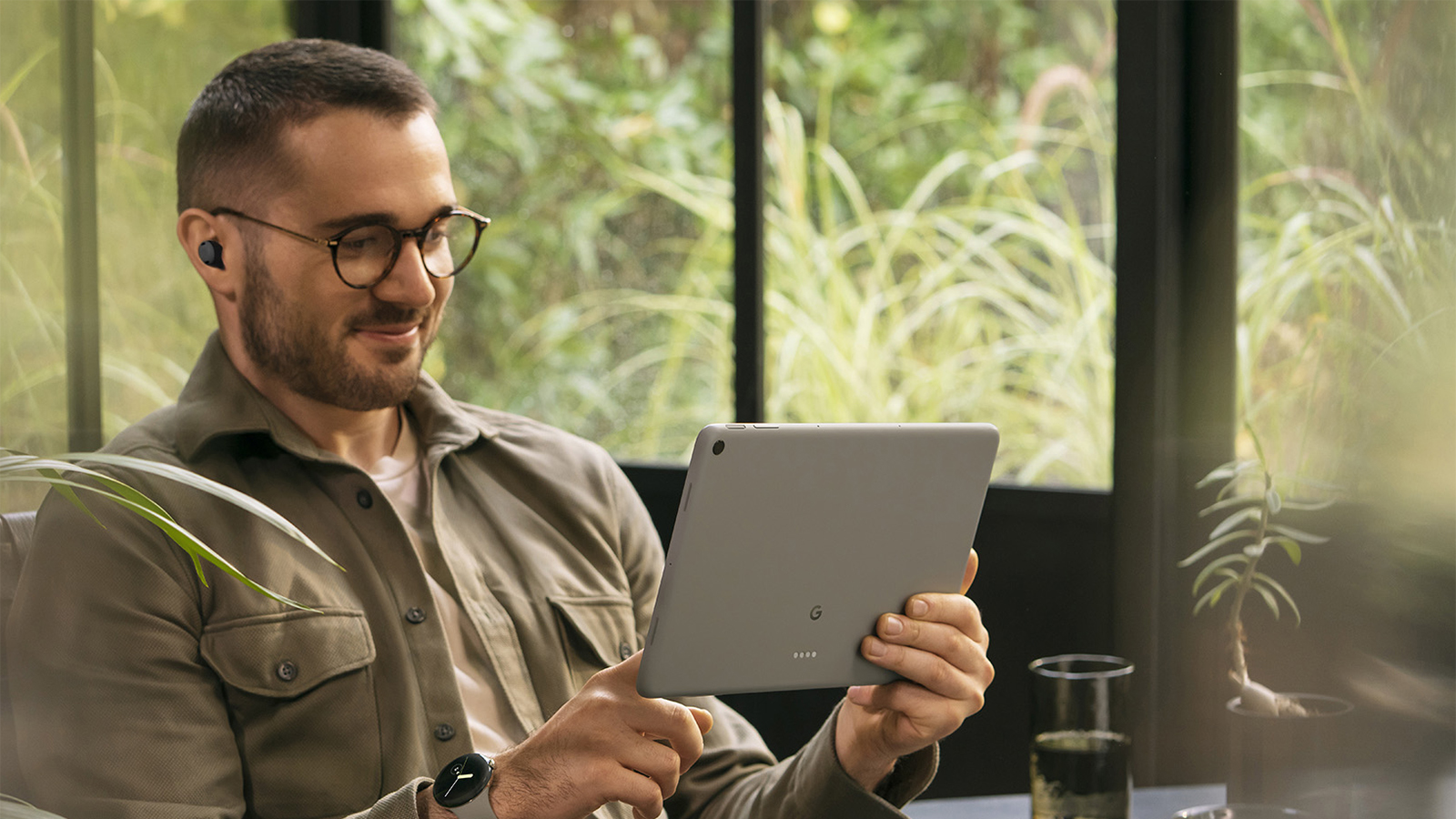
Google's Pixel Tablet is getting another upgrade. Following on from the rollout to the Pixel Fold last month, the Pixel Tablet will be getting Google's clever Circle to Search feature. It's currently in the beta of Android 15, but it's expected to roll out more widely very soon.
The version in the Android 15 beta on Pixel Tablets looks identical to the one we saw in the Pixel Fold, which means it looks as if it hasn't been optimised for the larger screen space: it's clearly designed for phones rather than larger-screened devices and tablets. But while it doesn't look brilliant it works just fine: activate it, highlight the text or image you want to search, and Google does the rest.
Circle to Search is coming to more devices
The Pixel Tablet isn't the only device to get Circle to Search: it's coming to the Samsung Galaxy S21 and Samsung Galaxy Flip 3 through the One UI 6.1 update, and it's set to become a standard Android feature. It's already been rolled out to the Pixel 8 and 8 Pro, to the Pixel 7 and 7 Pro, and to the aforementioned Pixel Fold too.
As 9to5Google reports, there are currently a few limitations on the feature in the Android beta. If you have Always Show Taskbar enabled then you can't launch Circle to Search, and you can't call it up from the Home Screen because there's no navigation bar – although it does launch if you use three-button navigation. And unlike with phones, you can't disable the feature in Settings > System > Navigation Mode at the moment. That's betas for you.
The relatively piecemeal rollout of Circle To Search – it's been rolling out since the end of January, when it was released for the Galaxy S24, the Pixel 8 and the Pixel 8 Pro – is partly down to the nature of Android: because many firms have their own flavours of the operating system it can take time for new features to make their way into those versions.
Samsung's One UI is a good example of that: Samsung has to decide which devices will get new features and then create a One UI version for them. So inevitably that tends to mean new features come to Pixels and flagships first before making their way to other devices.







